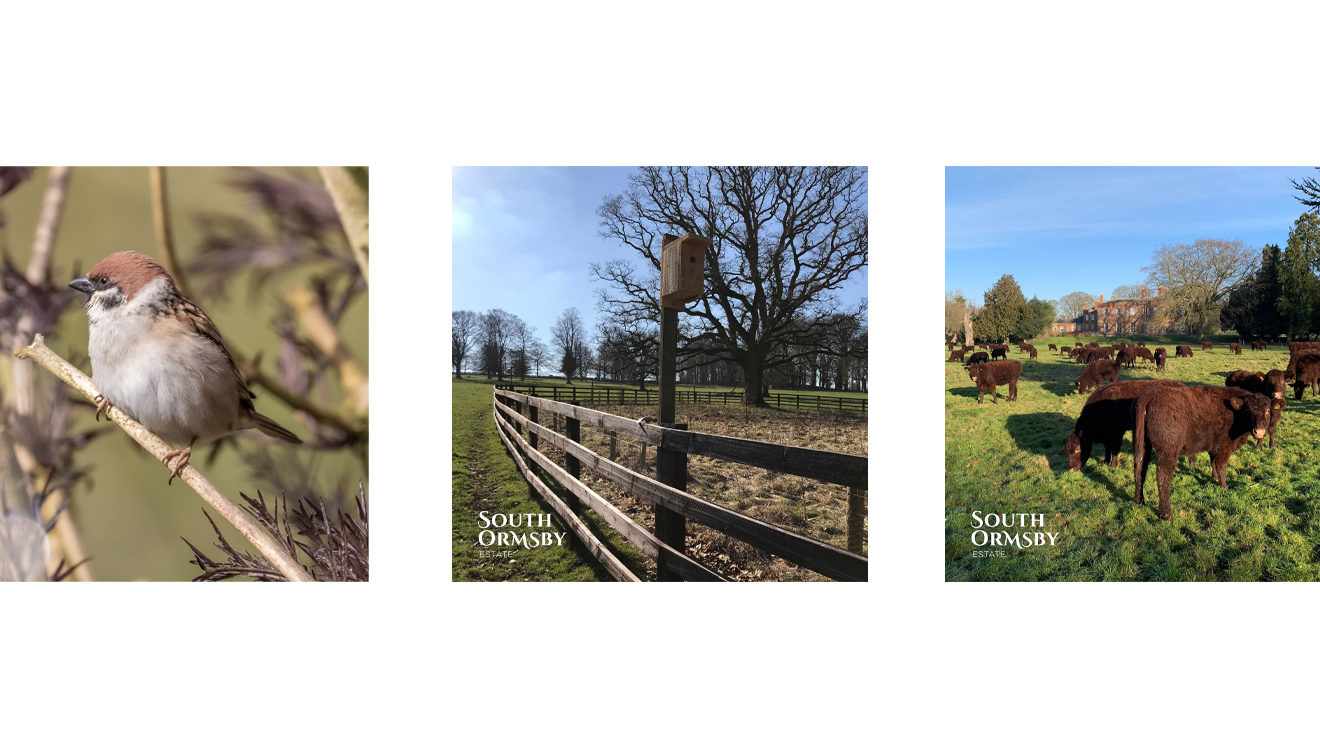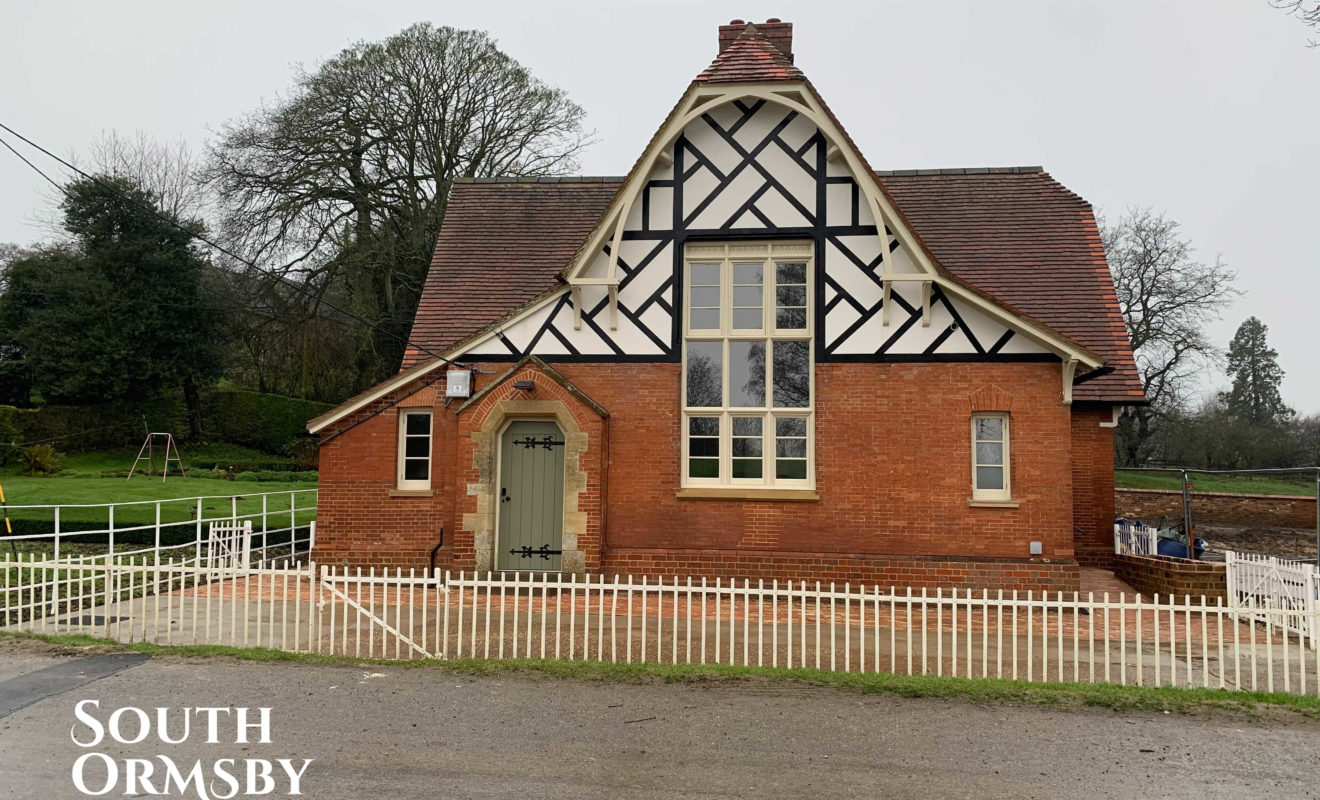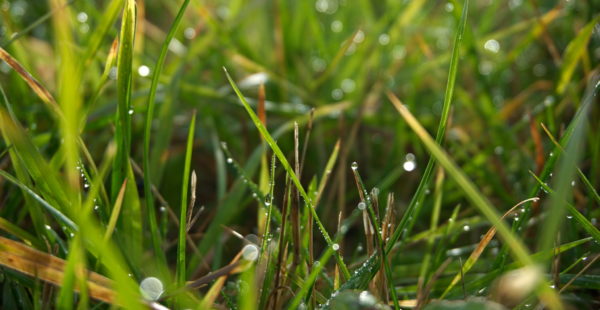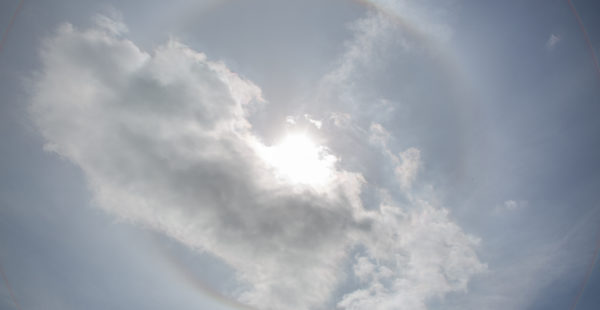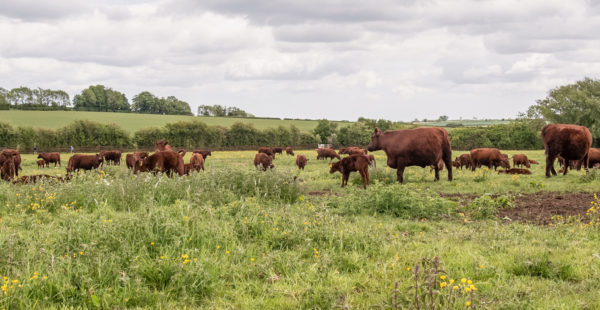A Week on the Estate: Eurasian Sparrows, Rural Regeneration & Gold Gin
Spring briefly showed its colours as we left February behind, but March began with a week of cold, drab weather which reminded us to keep our coats and wellies handy for a while yet. Whatever the weather, we’re looking forward to a spring and summer of new life and new opportunities at South Ormsby Estate.
The Saturday Club have worked their socks off on one of our exciting initiatives, installing an impressive total of 50 bird-boxes across the estate’s parkland over the winter. Steve at Ketsby Sawmill cut the bird-box pieces and our young workers assembled them and fixed them to uprights.
There’s more to this than bird-spotting. Regenerative cattle farmers in the USA estimate that a pair of adult tree swallows can eat up to 8,000 flies every day. Installing nesting boxes for these agile insectivores and avoiding the use of insecticides was good news for American livestock, wildlife and, most critically, microbial life in the soil.


